Today is an exciting day! I am finally launching my first e-guide, The New Playroom, a step-by-step guide on how to set up a home art space for kids (actually, I am launching my first two e-guides at once! I have also created a bonus guide, Invitations to Create, but I’ll leave that for another post).
For the past 13 years I have been on a mission to help kids gain creative confidence by exposing them to artistic materials and process-oriented art at a young age. I believe that being creative and understanding how to use tools and materials to make things is an essential part of learning.
I am a strong believer in the Reggio Emilia saying, “the environment is the third teacher” (the first two teachers being adults and peers). When we create spaces in our homes that are stocked with interesting tools and materials- that are organized and inviting- we are giving our kids the message that they are creative and capable little beings. We are inviting them to explore the world around them through these materials so that they will gain confidence in their natural creative abilities and take these skills with them as they grow older.
Through my work I help clients design art spaces in their homes and schools. But this is not enough. I want to reach more families than is possible with a one-on-one service, so I created this guide for you to tackle it on your own. The New Playroom offers all of the insights that I have learned over a decade of working with kids in creative settings. I take you through my design process when working with clients and give you every tip and trick in my tool belt. And if you ever have a question or need a little encouragement, I’m here for you.
Thanks for joining me in this launch day celebration!
Click here to learn more about the guide or to make a purchase. And don’t forget about the bonus guide, which includes 30 days of easy art prompts!






























































































